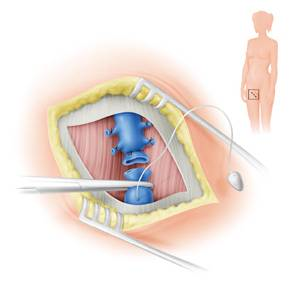Start your journey to healthier veins today!
Surgery for varicose veins
Describes the surgical procedure for treatment of varicose veins including stripping and phlebectomies
Sohail choksy
12/26/20242 min read


Surgery for varicose veins
Surgery is indicated for veins that have not suitable for minimally invasive methods such as endothermal treatment or foam sclerotherapy.
Surgery may be divided into two parts, “stripping” of the defective vein trunk and phlebectomies (removal of individual lumpy veins). The latter can sometimes be used following endothermal treatment at the same time or later.
Stripping
This involves tying off the leaky junction between the superficial and deep veins and stripping the main leaky superficial vein. Surgery is usually done as a day case under general anaesthetic. This improves blood flow to veins since it allows the deeper veins to work better.
The procedure is usually performed as a day case under general anaesthetic. Prior to the operation the surgeon will mark your veins using a waterproof marker pen. Most commonly an incision is made in the groin or behind the knee and the leaky communication between the defective superficial vein and the deeper vein is tied off. In some cases defective vein is then removed or stripped.
Phlebectomies
Tiny incisions are made over the lumpy veins (varicosities) and these are removed using special vein hooks. Small skin strips are used to close the wound.
After the operation
The leg is bandaged from ankle to groin and instructions given to the patient to remove the bandages in a day or two and wear compression stockings for two weeks. The purpose of compression is to reduce bruising and swelling following surgery. The wound should be kept clean and dry for at least 48 hours. Walking is encouraged but driving should be avoided for at least 48 hours. Stitches are usually dissolvable which means there is no need to them removed. Bruising especially on the inside of the thigh is very common and is nothing to be alarmed about. Discomfort is common but usually subsides over a couple of weeks. Simple painkillers such as paracetamol or ibuprofen are usually sufficient. Most patients take one to two weeks off work to rest and recuperate.
Stripping has largely been replaced my minimally invasive techniques such as endothermal treatments or foam sclerotherapy which can be done under local anaesthetic and as a “walk in, walk out” procedure.
Phlebectomies are offered to some patients instead or in addition to foam sclerotherapy. Your surgeon will discuss this with you.
